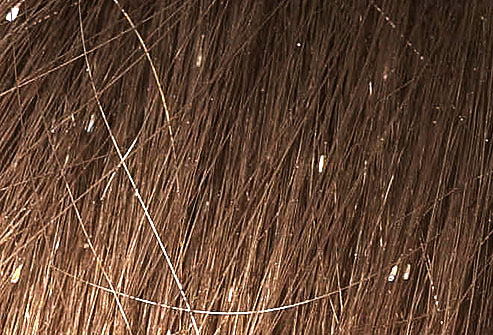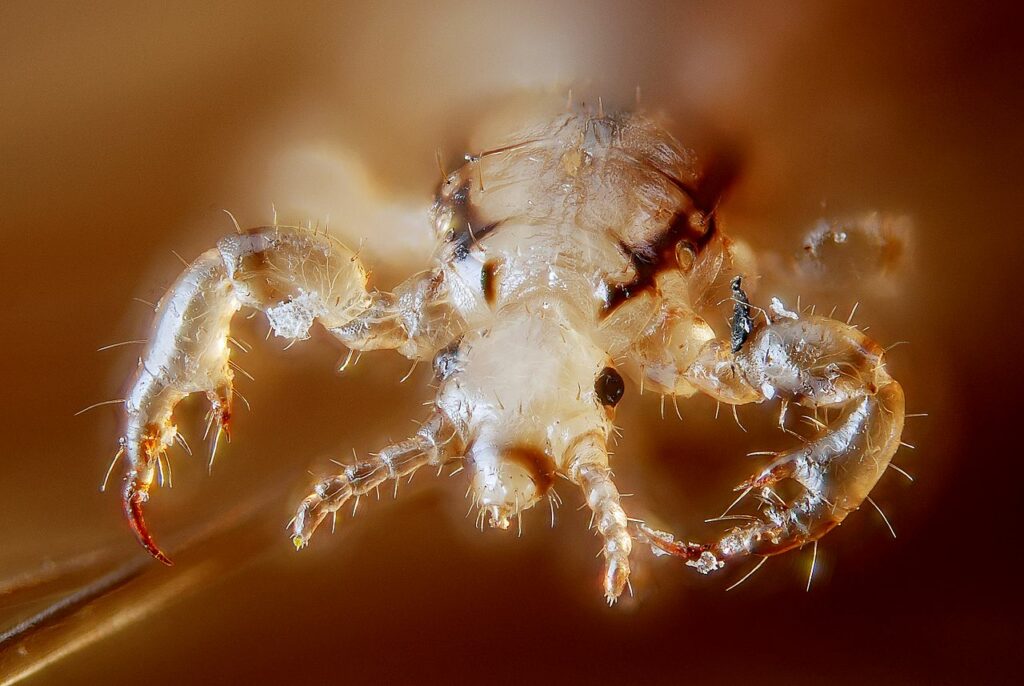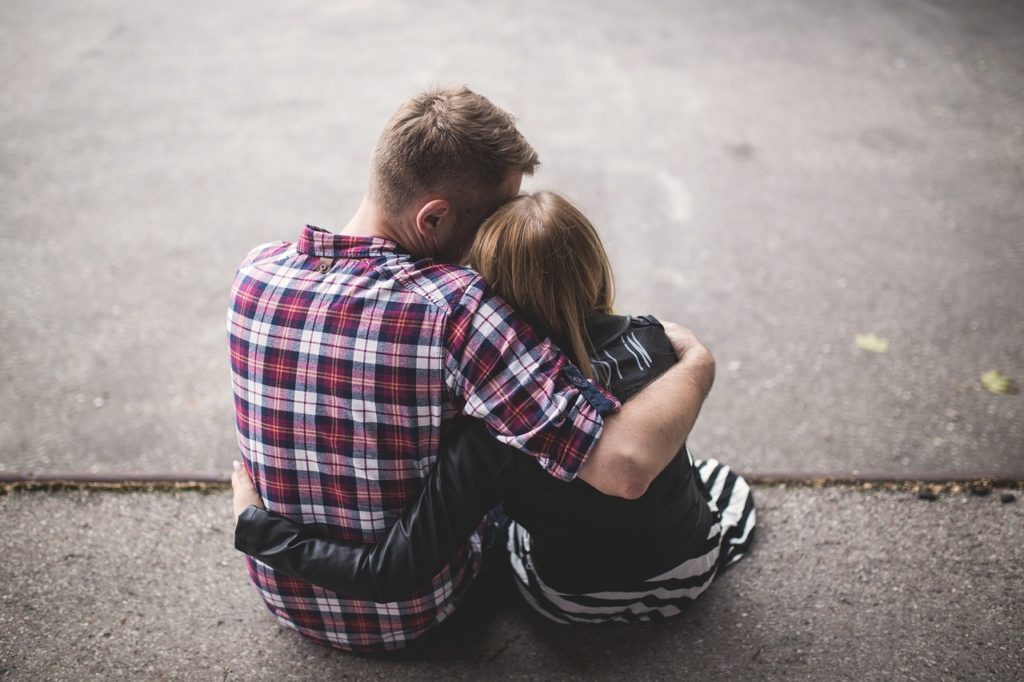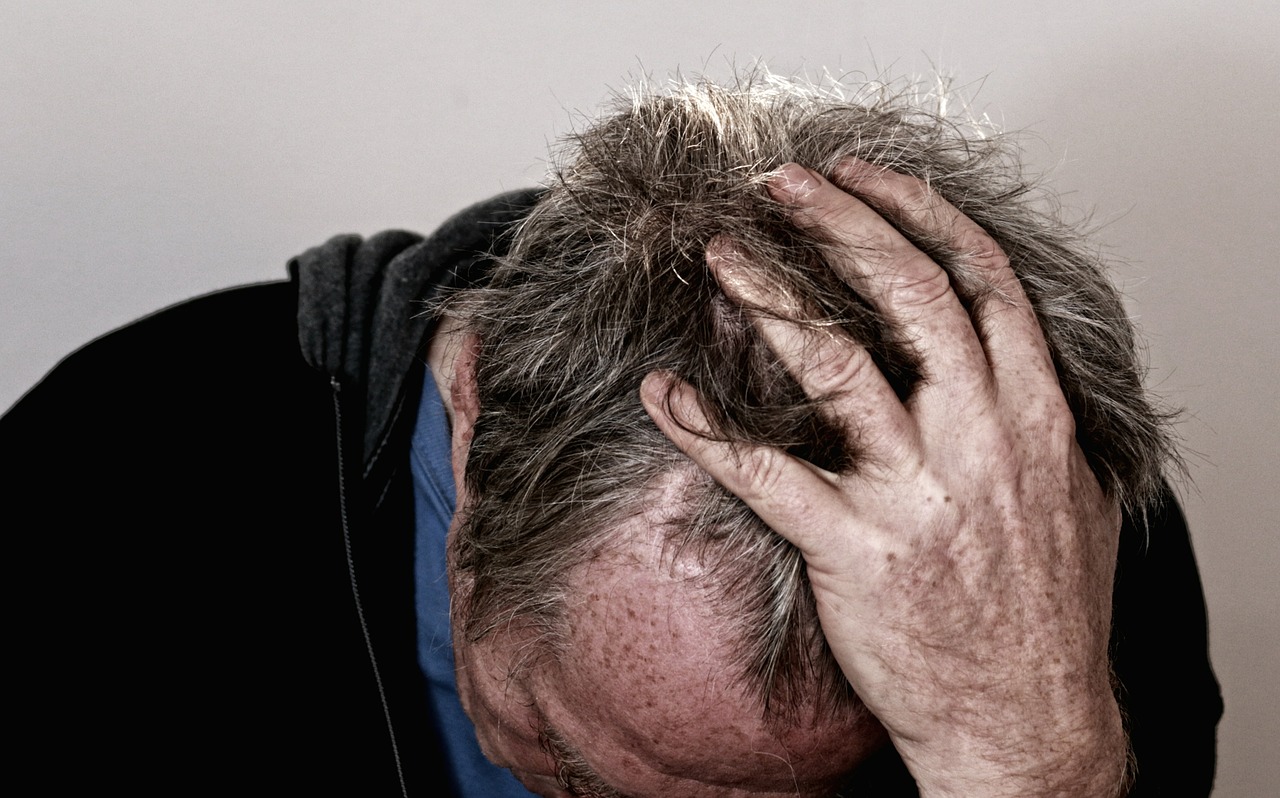Do you find nits in your hair but you don’t see any head lice? This phenomenon is actually more common than you think, and there are a lot of reasons why it happens. Here is everything you need to know about head lice – from their lifecycle to head lice treatment – so you know what do to if you find nits, but no head lice in your hair.
What are nits exactly?
Head lice have three life stages – nits, nymphs, and adult lice. Nits are basically lice eggs. Mother lice spread these white or yellow-white specks on their host to start an infestation or replenish the numbers of an existing one.
- Nits. Nits are oval-shaped specks that you usually see near the scalp. Because of their characteristics, they are often mistaken for dandruff. They only take about one week to hatch, so you better act fast in getting rid of them.
- Nymphs. Nymphs emerge from the nits. They look the same as adult lice. The only significant difference is the size. Nymphs are generally the size of a pinhead while adult lice are about the size of a sesame seed. Nymphs will take about a week to fully mature as adult lice.
- Adult lice. Adult lice are crawling insects. Contrary to popular belief, they actually can’t jump or fly. This is why direct contact is one of the most common ways to get them on your head. They can live for up to a month, producing about eight nits a day. But without blood to feed on or a host to latch onto, they can only live for about a day or two.
It’s important to understand this simple life cycle to know the reason why you find nits in your hair but not lice.

Why do you have nits in your hair but not head lice?
1. The lice have moved on to another head
If you find nits in your hair, one thing is certain – mother lice have been on your head at one point. There is no other way for you to have nits. It may seem confusing that you have nits but you don’t find any live lice, but one explanation is that the mother lice may have moved on to another head because they are not compatible with your body. They may have left a few nits in your hair before they moved.
It’s also possible that you have indirectly gotten rid of the mother lice, either by killing them or extracting them from your hair, leaving a few nits behind.
2. The nits are leftovers from a previous infestation
Many lice treatments require multiple sessions to fully get rid of a lice infestation. This is because they effectively get rid of live lice only. You may need the nits to hatch before the next treatment session to take effect.
If you have undergone lice treatment recently, this may be the case for you. Read the instructions on your over-the-counter lice treatment or remember your doctor consultation if they have mentioned that multiple sessions are required.
3. You actually have lice and you just can’t see them
Remember that lice are very small, especially nymphs because they have not yet fully matured into adult lice. They also appear darker on darker hair. Basically, they blend well with your hair, not to mention that they know how to crawl away whenever you are looking for them.
Maybe you do have nits and lice on your head. It’s just that you haven’t seen live lice yet.
4. You are confusing dandruff for nits
Nits are small white or yellow-white specks. They look very similar to dandruff. It doesn’t help that you find them near the scalp too. Maybe you are just being paranoid. Maybe you don’t have nits at all and you just have dandruff.
One of their key differences is location. Dandruff is often made of flakes in the scalp while nits are latched onto the hair near the scalp only, not the scalp itself. Dandruff also has the tendency to fall off easily unlike nits that hang tightly onto your hair.

What do you do if you find nits or lice in your hair?
1. Use a lice comb
A lice comb is a comb with thin teeth and small gaps between them. It is specially designed to help get rid of nits and live lice. Even though it can be effective, it can also be tedious.
You have to be very thorough in combing your hair to capture the parasites and their eggs. Usually, you will also have to wet your hair for smoother combing and a bucket of soapy water where you can dunk the lice comb and drown some of the lice you have captured.
2. Buy over-the-counter treatments
You can also go to the pharmacy and buy some over-the-counter treatments for your lice. They usually come in the form of lotions and shampoos. Some of them can kill nits, but many also can’t. For those that can’t kill nits, it may be required to have more treatment sessions.
Read the label in the packaging carefully, so you know how to properly use the treatment of your choice. If you don’t use it properly, it may be ineffective. Also, remember that many over-the-counter lice treatments cannot be used on children below two years old.
3. Go to the doctor
Sure, over-the-counter treatments can still be effective, but here’s the bad news –head lice are starting to gain resistance from the ingredients you can find in these treatments. These lice are called super lice.
It may be better to consult a professional instead of trying your luck in over-the-counter treatments and DIY methods.
4. Get rid of the head lice in your home
Head lice are very vulnerable when they are not in a host. They can only live for up to two days. But this is still enough time for them to get onto the head of someone in your home and start an infestation.
Clean your personal belongings, especially those that get in contact with your head, such as combs, hats, and even mattresses.
5. Minimize physical contact to avoid spreading the head lice
Head-to-head contact is the most common way to transmit lice, primarily because lice can’t jump or fly and just travel through crawling. Avoid activities that put you at risk of bumping heads with another person, like sleeping on the same bed with another.
If your child is the one suffering from an infestation, at least teach them about personal space. Children are more likely to get lice because they tend to have close contact with their classmates and friends at school.

Finding nits without head lice is not uncommon
Yes, it’s possible to find nits in your hair even though you don’t have lice. There are a lot of reasons why. It could be because of a complicated infestation that you need to get rid of or a simple case of dandruff flakes that you mistake for nits.
Whatever the case may be, lice infestations, or the possibility of them, should always be taken seriously.

